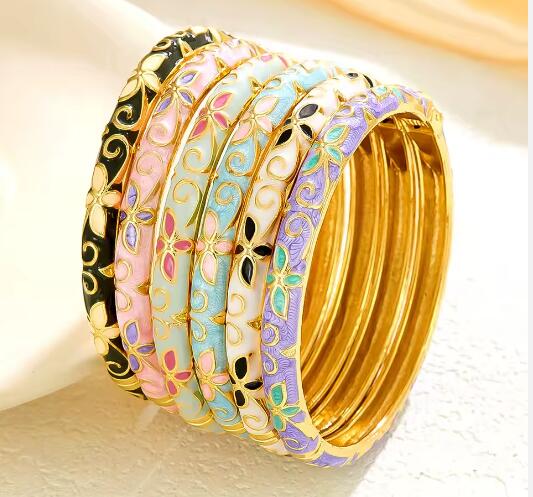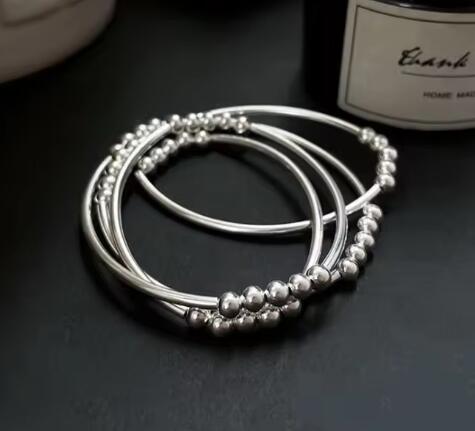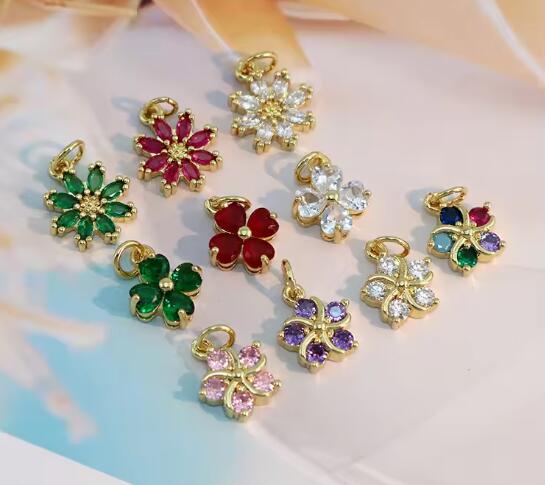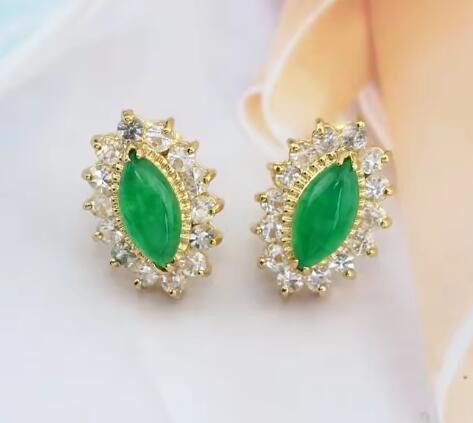When selecting brass jewelry, discerning buyers often consider design and finish, but frequently overlook a crucial factor that determines longevity: metal thickness. Understanding the relationship between material dimensions and durability reveals why some brass pieces become heirlooms while others quickly show their age.
The structural integrity and lasting beauty of brass jewelry are fundamentally connected to the gauge of its metal components. This principle applies to both the base alloy and any protective surface coatings.
The core thickness of brass components establishes the foundation for durability:
1)Impact and Pressure Resistance: Substantial metal thickness provides inherent structural stability, significantly reducing the risk of bending, warping, or breaking. This is particularly vital for functional elements like clasp mechanisms, ring bands, and chain connections that experience regular mechanical stress.
2)Long-Term Wear Distribution: thicker-gauge brass better withstands the gradual erosion from daily friction against skin and clothing. Well-proportioned metal maintains its integrity over years of use, unlike thinly crafted pieces that may develop weak spots or perforations.
Most brass jewelry features protective electroplating, where thickness becomes the determining factor for longevity:
1)The Shortcomings of Thin Platings: Minimally applied coatings (often called "flash plating," typically under 0.5 microns) create an attractive initial appearance but provide inadequate protection. Such thin layers often deteriorate within months of regular wear, exposing the underlying brass to oxidation and wear.
2)The Advantages of Substantial Platings: Quality plating applications (generally 2-5 microns) create a robust, continuous barrier that effectively shields the base metal. This thickness enables the plating to withstand abrasion, chemical exposure, and minor impacts without compromising the protective seal.
Adequate metal thickness provides multi-dimensional protection:
1)Enhanced Tarnish Resistance: Combined structural and plating thickness creates a more effective barrier against moisture, oxygen, and environmental pollutants that cause brass to tarnish. This preserves the jewelry's appearance with significantly less maintenance required.
2)Corrosion Mitigation: Substantial metal dimensions provide a greater buffer against corrosive elements, including salts in perspiration and chlorine in water. This is particularly valuable for jewelry worn regularly or in humid environments.
Identifying well-constructed brass jewelry involves both visual and technical assessment:
1)Tactile Weight and Substance: High-quality brass jewelry typically has a noticeable, comfortable heft indicating sufficient material thickness.
2)Edge and Detail Examination: Inspect areas prone to wear—clasps, edges, and intricate patterns should appear well-defined and substantial rather than delicate or sharp.
3)Manufacturer Transparency: Reputable artisans and manufacturers often specify plating thickness and base metal quality, providing measurable data about their product's construction.
Metal thickness stands as a critical yet often underestimated factor in brass jewelry durability. Beyond aesthetic appeal, the dimensions of both base metal and protective coatings directly determine how a piece will withstand the tests of time and wear. By prioritizing substantial construction and transparent manufacturing standards, consumers can select brass jewelry that maintains its structural integrity and visual appeal through years of regular use. This understanding transforms the selection process from merely choosing style to investing in lasting quality and value.









